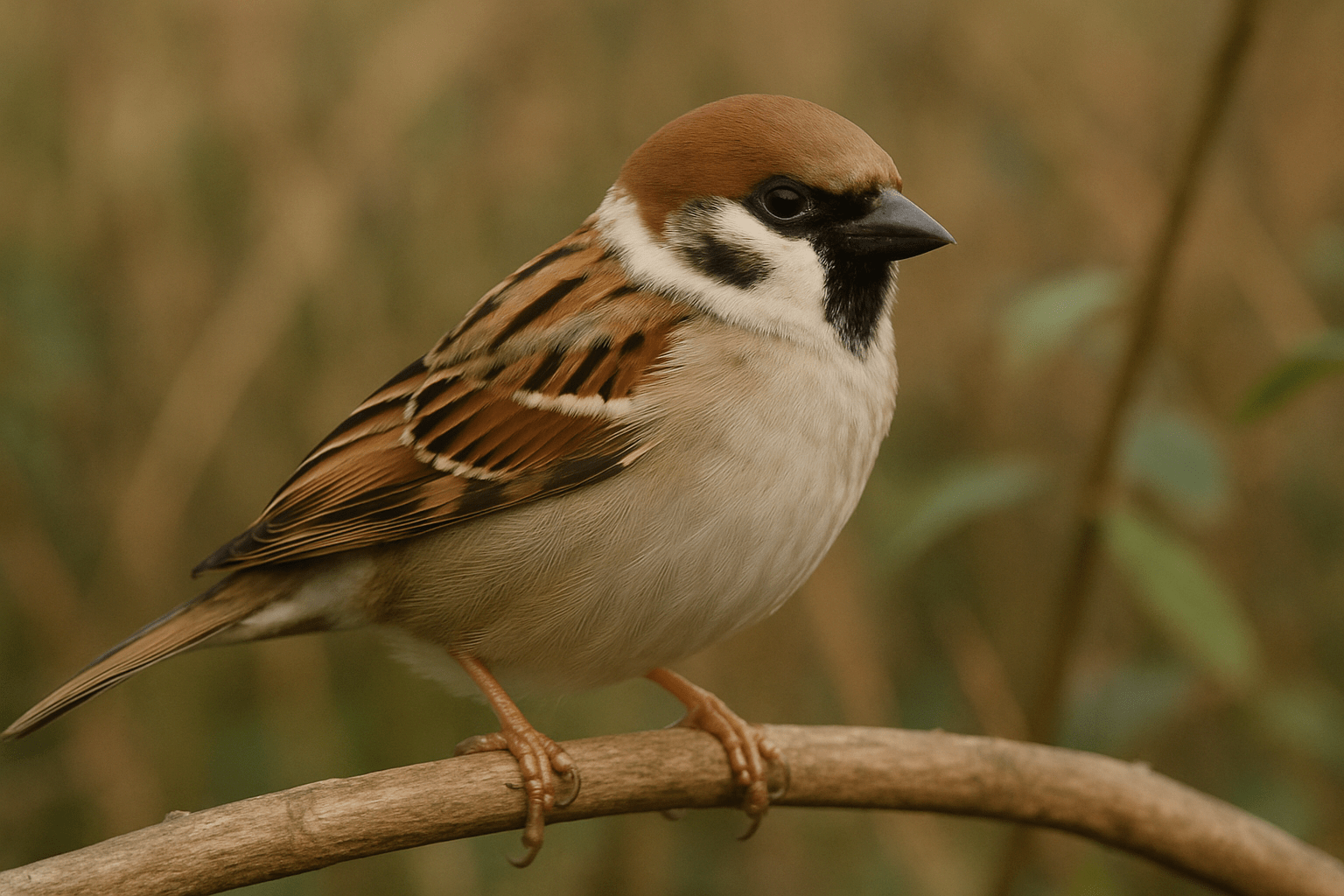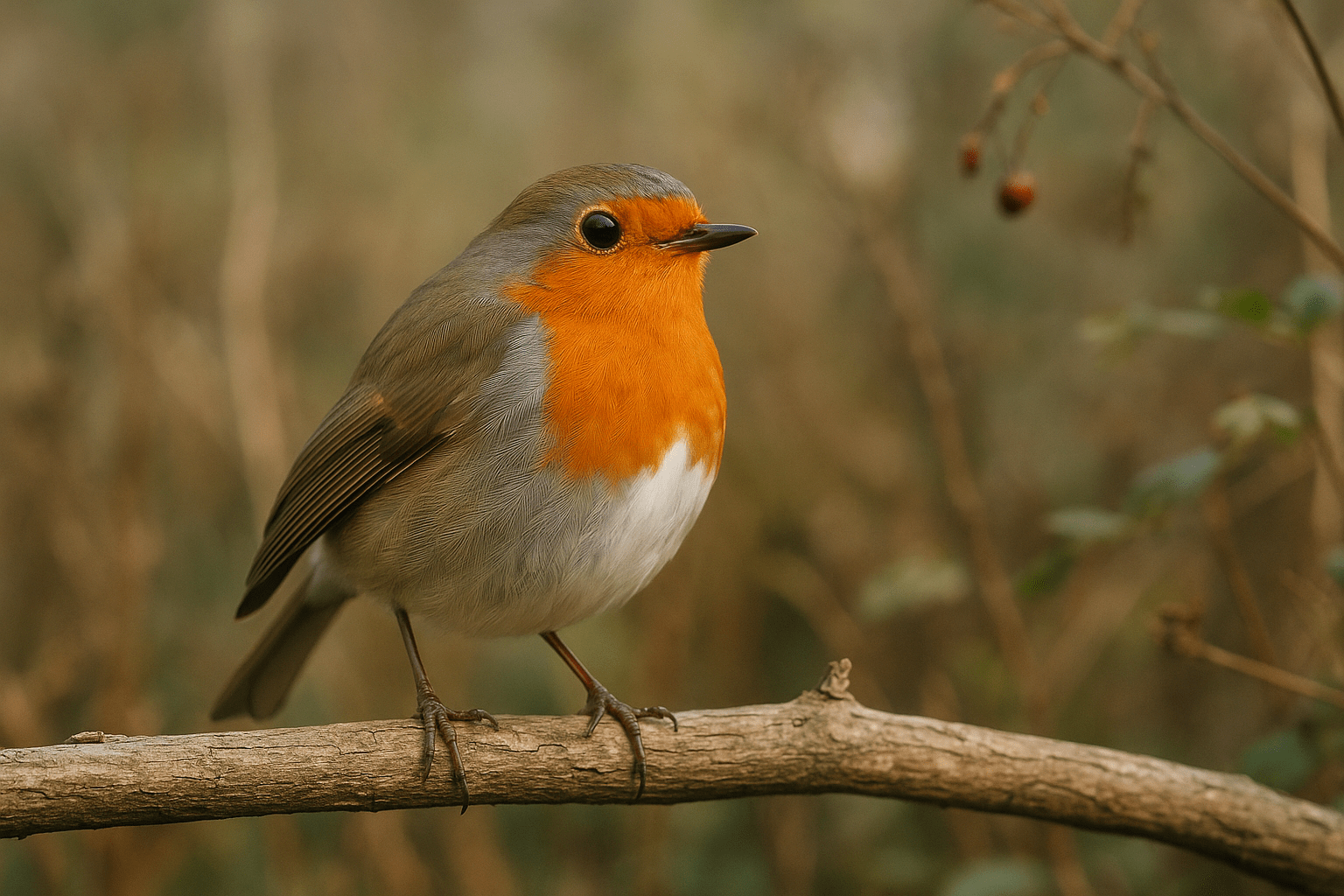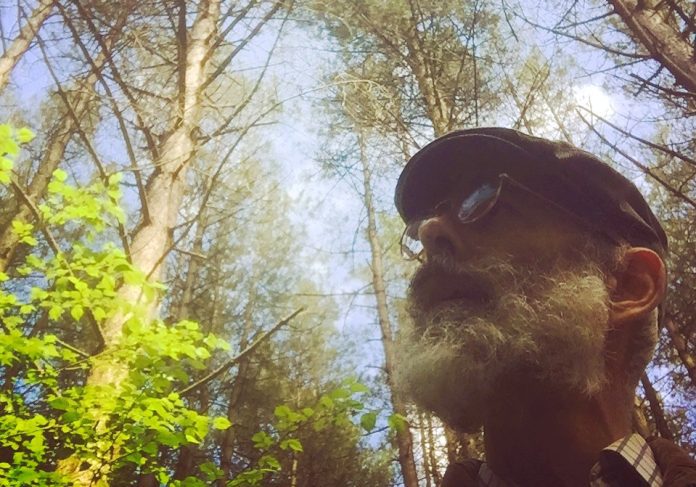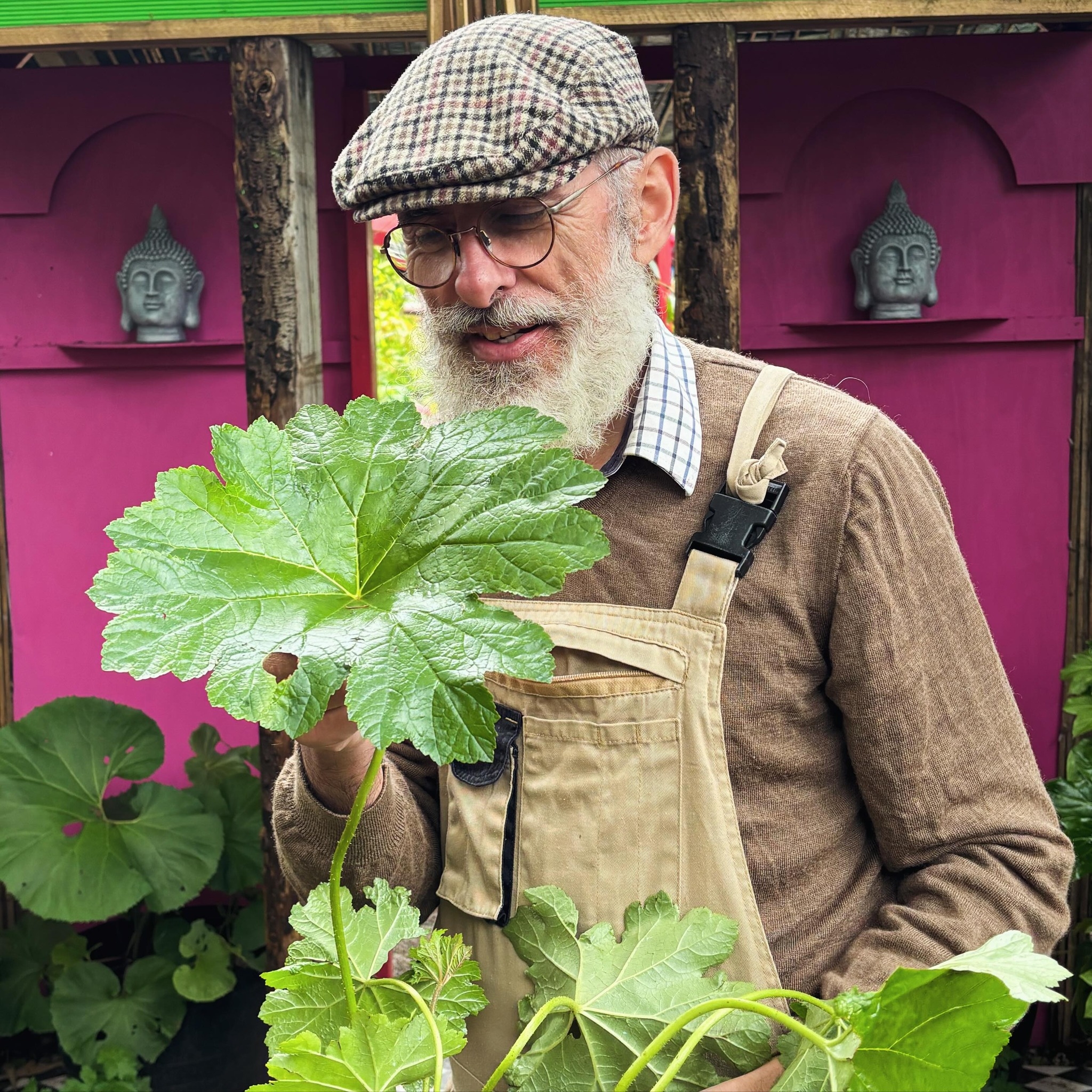Once the familiar soundtrack to every morning stroll or afternoon in the garden, the cheerful chorus of the UK’s songbirds is growing quieter. Since the 1970s, we’ve lost tens of millions of individual birds from the British landscape. Iconic species such as the nightingale, tree sparrow, and spotted flycatcher—once widespread—have suffered drastic declines. But what lies behind this silent crisis?
Startling Statistics
The numbers are sobering. According to the British Trust for Ornithology (BTO) and RSPB:
- The UK has lost 73 million birds since 1970.
- The spotted flycatcher has declined by 93% since 1967.
- The tree sparrow population dropped by over 95% between the 1970s and 1990s.
- The nightingale has seen a 49% drop in just 20 years.
- Even once-common garden birds like the greenfinch have declined by 66% between 2007 and 2022, largely due to disease.
These aren’t abstract figures—they represent real absences in hedgerows, woodlands, and gardens across the UK.
Habitat Loss: A Changing Landscape
Since WWII, over 300,000 miles of hedgerow have been removed in the UK. Small woodlands, meadows, and field margins have been replaced by large-scale, industrial farmland. Urban sprawl and road-building have further fragmented natural habitats.
Traditional land management practices—like coppicing, hay meadow cutting, and mixed farming—supported diverse ecosystems. Their decline has removed nesting sites and feeding grounds for many birds.

The Insect Crisis
A major factor driving bird decline is the steep drop in insect populations—vital food for many songbirds, especially when feeding their young. The causes of insect decline are complex and interlinked:
Why Insects Are Disappearing:
- Pesticides: Modern farming still relies heavily on insecticides, particularly neonicotinoids, which not only kill insects directly but also linger in soil and water, disrupting entire ecosystems.
- Habitat destruction: 97% of the UK’s wildflower meadows have vanished since the 1930s. Hedgerows, wetlands, and rough grassland—once insect havens—are fast disappearing.
- Light pollution: Street lighting and garden lights disorient nocturnal insects like moths and disrupt natural behaviour.
- Climate change: Mismatched timing between insect emergence and bird migration or breeding reduces food availability.
- Nutrient pollution: Fertilisers and nitrogen emissions favour aggressive plants (like nettles), which outcompete wildflowers that insects need.
Studies suggest flying insect biomass has dropped by over 75% in parts of Europe in the last 30 years—and the UK is not exempt.
Chemical Warfare and the Modern Countryside
The rise of industrial agriculture has brought widespread use of herbicides and pesticides. These eliminate the very seeds, berries, and insects that songbirds depend on. Even when fields are left bare for part of the year, there’s often nothing left to eat.
Some of the worst-affected birds are those dependent on farmland, such as:
- Yellowhammer – down by 54% since the 1970s
- Corn bunting – down by 89%
- Skylark – down by 61%
Climate Change and Shifting Seasons
Birds like the pied flycatcher and swallow migrate thousands of miles from Africa to breed in the UK. But warmer springs mean insects emerge earlier—before these birds arrive. The chicks miss peak food availability and often starve.
Extreme weather—late frosts, droughts, and storms—can also ruin breeding attempts or drive food sources underground.
Predation and Disease
While not the root cause of the crisis, predation and disease add pressure to already stressed populations:
- Trichomonosis, a parasite spread via bird feeders, has devastated greenfinch and chaffinch numbers.
- Domestic cats are estimated to kill over 27 million birds each year in the UK.
- Grey squirrels and corvids sometimes raid nests, especially where natural cover is sparse.
Case Study: The Tree Sparrow
The tree sparrow (Passer montanus), easily recognised by its chestnut crown and black cheek patches, was once a familiar sight on farms and in village gardens. But between 1970 and 1990, its UK population fell by over 95%.
This decline was linked to the loss of overwintered stubble fields, fewer insect-rich margins, and the disappearance of nest sites in old trees and farm buildings. While conservation projects have brought some local recoveries, the species remains on the UK Red List.
🌱 What Gardeners Can Do to Help Songbirds
Your garden—no matter how small—can become a haven for birds and the insects they rely on. Here’s how to make a real difference:

🌿 1. Grow for Wildlife
- Plant native trees and shrubs like hawthorn, rowan, hazel, dog rose, holly, and elder. These offer berries, nesting sites, and insect habitat.
- Include wildflowers and meadow areas—they attract pollinators and seed-eating birds like finches.
- Hedgerows are better than fences: they shelter insects, birds, and small mammals.
🚫 2. Ditch the Chemicals
- Avoid using pesticides, herbicides, and synthetic fertilisers. These kill off insects or the plants they depend on.
- Use companion planting, mulching, and natural predators to manage pests.
🪵 3. Be Messy (on Purpose)
- Leave leaf litter, log piles, and uncut seed heads. These provide shelter and food for insects and the birds that eat them.
- Keep a wild corner of your garden with nettles, brambles, and native weeds.
🍽️ 4. Feed Birds Responsibly
- Provide high-energy foods like sunflower hearts, suet, and mealworms—especially in spring when adults need protein for their chicks.
- Clean feeders weekly with hot water to prevent diseases like trichomonosis and avian pox.
- In winter, put out fat balls, nyjer seed, and peanuts (in mesh feeders only).
🐦 5. Offer Nesting Sites
- Put up nest boxes in sheltered spots—different species prefer different styles (open front for robins, hole-fronted for tits and sparrows).
- Don’t prune or cut hedges during nesting season (March–August).
- Leave hollow stems or ivy-covered walls intact—birds often nest in them.
💧 6. Provide Fresh Water
- A simple bird bath or shallow dish of water helps with drinking and bathing.
- Keep it clean and refresh daily, especially in summer or freezing weather.
💡 7. Reduce Light Pollution
- Turn off garden lights at night to protect moths and other nocturnal insects.
- Use motion sensors or warm-coloured lighting if needed.
👣 8. Join Local Efforts
- Take part in the Big Garden Birdwatch, No Mow May, or local wildlife surveys.
- Support wildlife-friendly farmers and conservation charities.
🌼 Every Garden Counts
Even the smallest garden, window box, or allotment can make a difference. When gardens link up with parks, churchyards, and school grounds, they form a powerful network of refuge for songbirds, insects, and other wildlife.
Rebuilding the Dawn Chorus
The loss of songbirds is not inevitable—but it is a warning. What we plant, how we manage our land, and the choices we make as gardeners all shape the future of wildlife in Britain.
The birds still sing—but fewer voices join the chorus each year. With care, we can bring them back.




